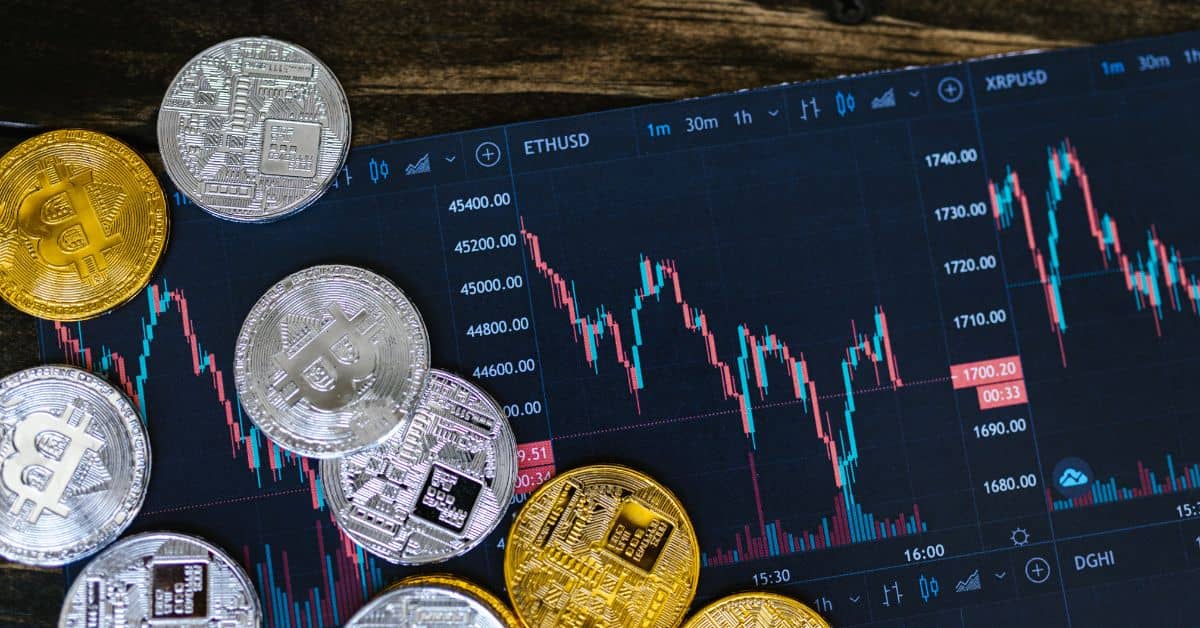Bitcoin’s price has been consolidating within a narrow range of $91,200 to $102,750 over the past three weeks, as bulls struggle to push the price above $100,000.
Despite reaching an all-time high of $108,364 on Dec. 17, 2024, Bitcoin has faced challenges in maintaining momentum, leading to its current stagnation.
Low Shark Activity and Liquidity
A major reason behind Bitcoin’s stuck price action is the reduced buying activity from “sharks”—wallets holding between 100 to 1,000 BTC.
These entities were responsible for the significant rally between October 11 and December 17, which saw Bitcoin rise by 91%. However, since December 18, their buying activity has come to a halt, causing a significant slowdown in Bitcoin’s price movement.
Additionally, the global liquidity situation is affecting Bitcoin’s price. With the US President-elect Donald Trump’s inauguration and anticipation of key data releases, global liquidity has been low.
The Global M2 indicator, which tracks the money supply, has been stagnant since October 2023, meaning less capital is entering the market, which further discourages investments in risk assets like Bitcoin.
Technical Analysis and Price Levels
On January 7, Bitcoin’s price fell below the 50-day simple moving average (SMA), currently at $97,573, but found support around $92,000.
This price level has acted as a strong support zone since November 20, 2024. Bitcoin’s price is now facing resistance at the 50 SMA, which needs to be overcome to break out of the current consolidation.
The IOMAP model from IntoTheBlock shows significant demand zones between $92,000 and $94,800, where nearly 888,000 BTC were bought by 1.1 million addresses.
On the other hand, there is resistance between $94,980 and $99,680, where 2.13 million BTC were bought by 2.36 million addresses. These zones highlight the ongoing tug-of-war between buyers and sellers, keeping Bitcoin’s price range-bound.
Bitcoin’s price action is currently stuck between these two trendlines, with bulls struggling to break the resistance and bears keeping the price from falling below support.



